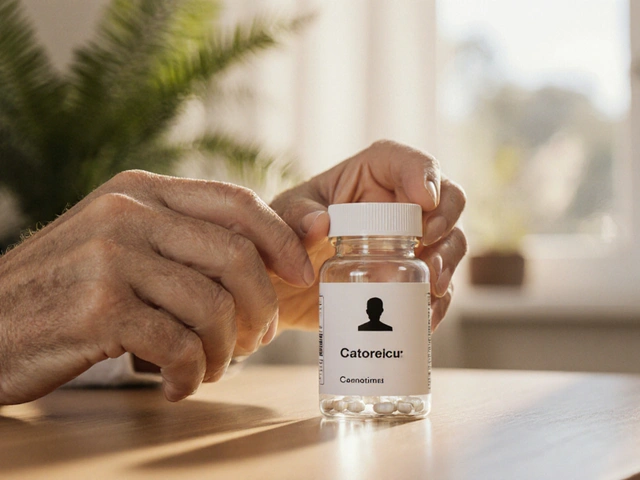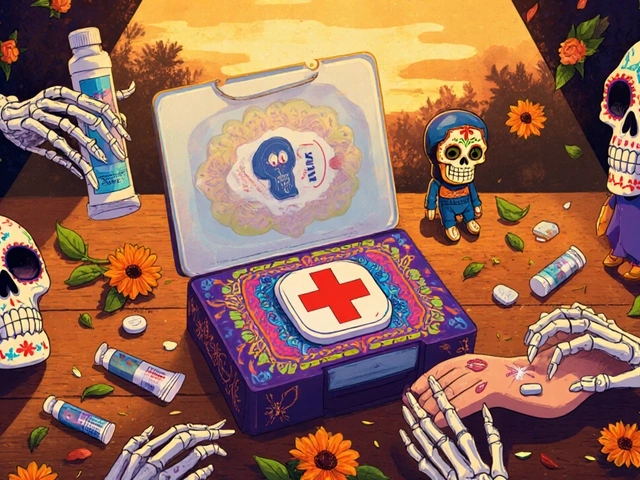Insurance Tips: Save on Prescriptions, Copays & Online Meds
High drug costs can wreck a budget fast. These straight-forward insurance tips help you pay less for prescription meds, avoid billing surprises, and use online pharmacies safely. No jargon — just practical steps you can use right away.
Know your plan and use it smart
Start by checking your plan’s drug formulary — that list tells you which tier a medicine sits in and how much you’ll pay. If a drug is tier 3 or non-preferred, ask your prescriber if a generic or preferred alternative works. A one-minute call can cut your copay from $60 to $10. Also check deductible and out-of-pocket maximums: before your deductible is met, you may pay full retail, so timing a refill or using a 90-day supply from mail order can help.
Compare the cash price vs. insurance price before you hand over your card. Sometimes a coupon or discount card is cheaper than using insurance, especially for generic meds. Use a price app or call pharmacies — prices vary a lot.
Use discounts, coupons, and pharmacy tools
Try prescription savings apps and discount cards — SingleCare, GoodRx, and others often beat copays for many drugs. Our guide compares these apps so you can pick one that fits your meds. If you have a manufacturer coupon for a brand drug, ask the pharmacy whether it stacks with other discounts (rules vary). For chronic meds, a 90-day supply via mail-order or the pharmacy’s long-fill program usually lowers cost and saves trips.
If your insurer denies coverage, appeal. Ask your prescriber for a prior authorization or a letter explaining medical necessity. Many denials are overturned when a doctor sends a short letter. Keep records of calls, dates, and names; persistence pays.
Consider patient assistance programs for costly specialty drugs. Drug makers, foundations, and charities offer co-pay help or free meds for qualifying patients. Ask your doctor’s office or search the manufacturer’s site for eligibility details.
When buying meds online, pick pharmacies that require a prescription and show clear contact info. Our posts cover safe buying of common antibiotics and specialty meds — read those before ordering. Avoid any site that sells controlled drugs without a prescription or uses unclear shipping methods.
Small habits add up: ask for generics, split higher-dose pills if safe and cheaper, check for interaction risks, and request samples when trying a new med. Talk openly with your pharmacist — they often know quick savings tricks your insurer won’t tell you.
Use these tips together: know your formulary, compare prices, use savings apps, and handle denials with a prior authorization or appeal. That combo usually lowers what you pay and keeps your treatments on track.

Struggling with the cost of Xifaxan for IBS? This article digs into rifamycin class drug options, insurance strategies, and patient-assistance hacks to help cut your out-of-pocket spending. You’ll find practical advice, real-world tips, and learn about programs that actually work. Get clear, actionable information about finding affordable antibiotics for IBS. Don’t settle for high prices—or less effective treatment. Start saving (and feeling better) today.
Chris Gore Apr 30, 2025




